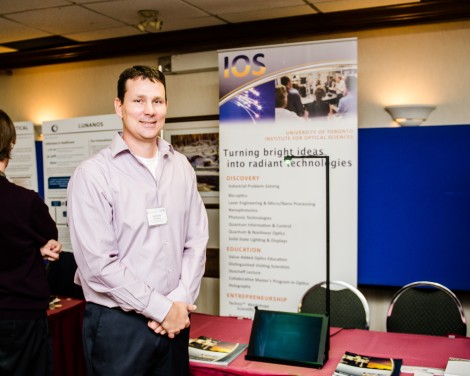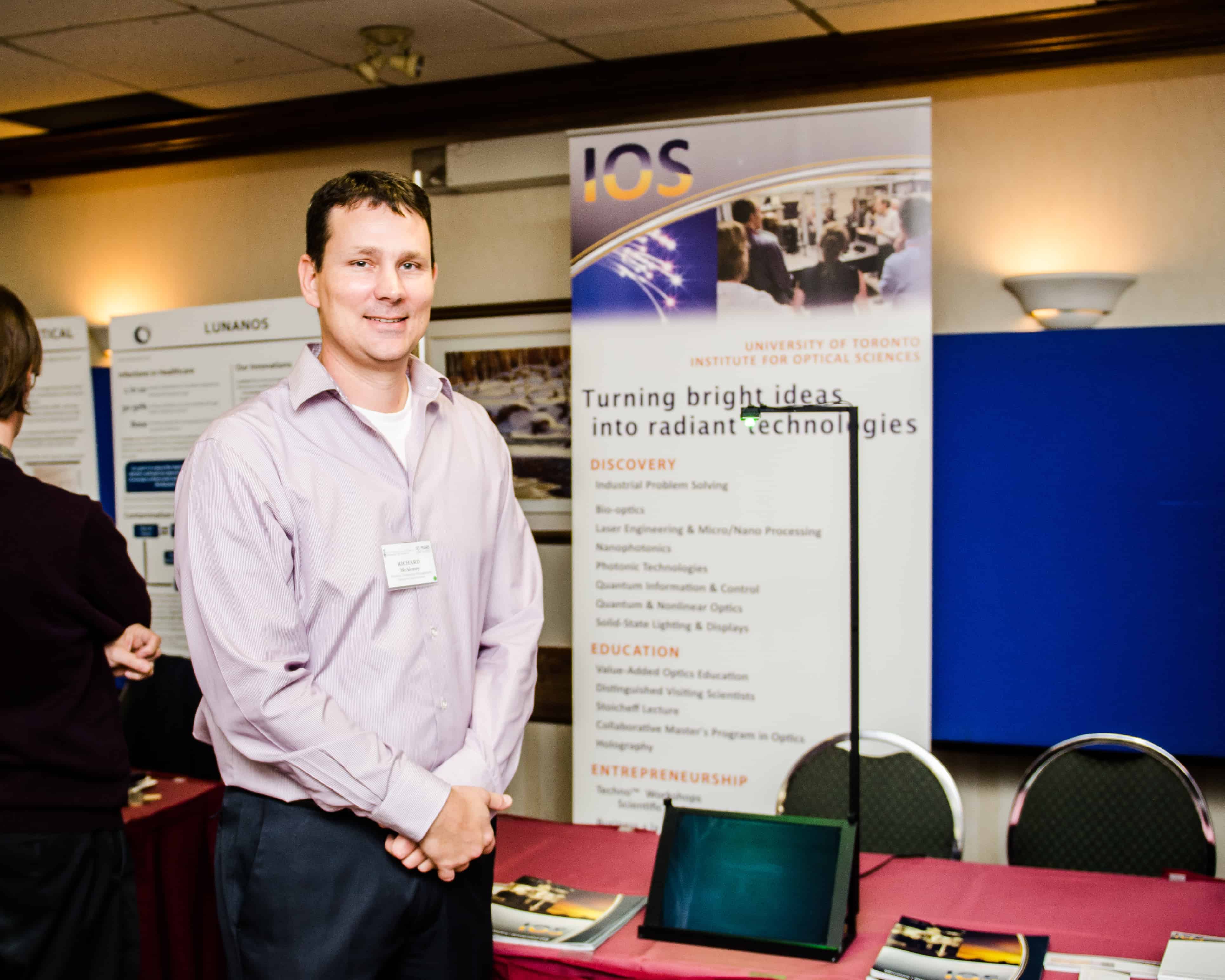Life science researchers at the University of Toronto are at the center of a vibrant network of collaborative opportunities that enhance the growth and impact of U of T’s research community. Affiliations with world-renowned hospitals and research institutes allow U of T scientists to perform groundbreaking research and translate science from the bench to innovative consumer products. This past Wednesday, U of T’s Institute of Biomaterials and Biomedical Engineering (IBBME) celebrated that legacy on its 50th anniversary with a neuroscience-themed symposium entitled, “Defining Tomorrow: Advancing the Integration of Engineering and Medicine”.
[pullquote]“It was integrated in such a way that a lot of [the speakers’] research was related to one another.”[/pullquote]
[pullquote]Rob Pilipos,
fifth-year PhD graduate student at IBBME[/pullquote]
The one-day symposium illustrated huge advancements in the field of neuroscience by highlighting four burgeoning research themes: neural plasticity, electrophysiology, biophysics of cell behaviour, and neural networks. The event included speakers from U of T and various affiliated institutes, including Cambridge University, Tufts University, and Stanford University. During the lunch hour, a showcasing event sponsored by the Ontario Brain Institute featured biomedical technology companies such as BD Biosciences, The Centre of Commercialization of Regenerative Medicine, and GE Healthcare, and their products and programs.
“It was integrated in such a way that a lot of [the speakers’] research was related to one another,” said Rob Pilipos, a fifth-year PhD graduate student at IBBME.

BERNARDA GOSPIC/THE VARSITY
The varied and often unrelated research studies and experiments coalesced into a co hesive narrative of the field of neuroscience.
The first session on neural plasticity included seminars by Dr. James Fawcett, of Cambridge University Centre for Brain Repair in the UK, and Drs. Derek van der Kooy, Michael Salter, and Molly Shoichet of U of T. Though separated by laboratories and institutions, each speaker was united by the themes of their current research, which aimed to harness the flexibility of neurons. The focus of each lecture identified a different avenue for utilizing the plasticity of neurons and showed results with far-reaching implications for stroke patients, spinal cord injuries, chronic pain, and stem-cell therapies.
Many attendees discovered new details relevantwith their own research. For Pilipos, one of the most interesting presentations from the morning sessions was Fawcett’s. “He’s an outstanding speaker, and the data was interesting… It’s related to my research.”
Being able to listen and draw on the leading investigators in one’s own field proved to be both inspiring and encouraging.
Along with the collegial aspect of sharing mutual research interests, the seminars also examine current research in neuroscience. “Everybody’s talking about stem cells and how you need chemical or protein communications to … stimulate them,” said Dr. Milos Popovic, a professor at IBBME and Senior Scientist at Toronto Rehabilitation Institute. “[Dr. Michael Levin is] going to show, very convincingly, that it’s all electrical… He came out of the left field [with that].”
To complement the academic aspects of the day and demonstrate the applications of biomedical research, IBBME hosted “Tomorrow’s Technologies: A Showcase” during the lunch hour. Established companies specializing in laboratory instrumentation, cell culture systems, and biomaterials showed their products while techno-entrepreneurial training programs like the Institute for Optical Sciences (IOS) presented a number of high-tech startup companies.
The showcasing event provided a platform for those in attendance to browse through biomedical applications and also allowed small startup companies like Lunanos to network and build useful relationships. Scott McAuley, Director of Lunanos, describes the networking opportunity as important, “especially in the life sciences where developing something takes so long [with] a lot higher cost requirement.”
The symposium illustrated many of the rich outcomes of collaborative and translational research, a principle IBBME endeavours to demonstrate as they reflect on the past fifty years and strive to continue with the same level of excellence for the future.


